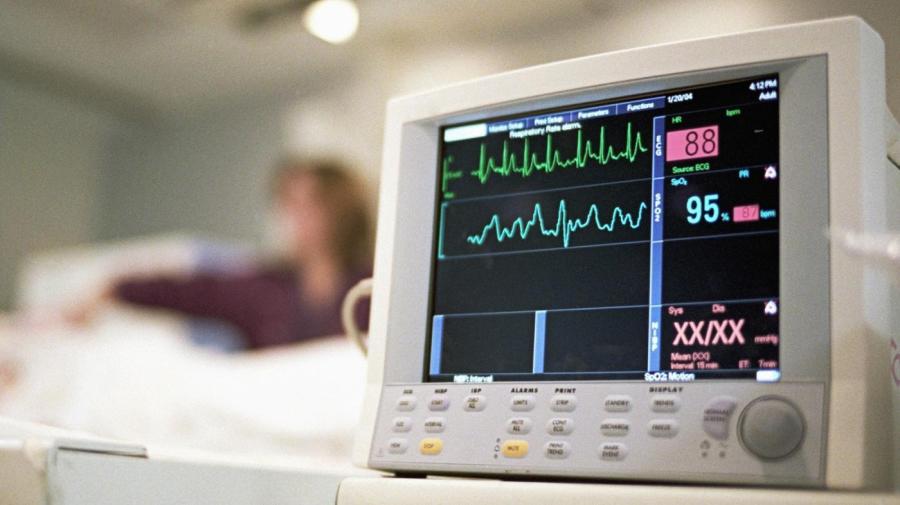What Is an Echocardiogram?

An echocardiogram is a test that looks at the heart’s activity through ultrasound waves, according to WebMD. It is used when doctors need to diagnose heart conditions such as heart disease or monitor a heart condition.
There are four different kinds of echocardiograms that are used depending on what the doctor intends to test or monitor, notes the Mayo Clinic. The transthoracic echocardiogram is a noninvasive echocardiogram and involves placing gel on the patient’s chest before using a device to record the sound waves produced by the heart. The transeophageal echocardiogram involves placing a tube down the patient’s throat in order to get images that are detailed. These will give a clearer picture of the problems affecting the patient’s heart.
The other echocardiogram procedures are known as the Doppler echocardiogram and the stress echocardiogram. The Doppler echocardiogram looks at the patient’s blood flow inside of the heart, and it can measure the direction that the blood flows as well as its speed, reports Mayo Clinic. The stress echocardiogram looks at the ability of the heart to work properly when a person is exercising or performing other physical activities. Doctors often use a treadmill or stationary bike for this test.





